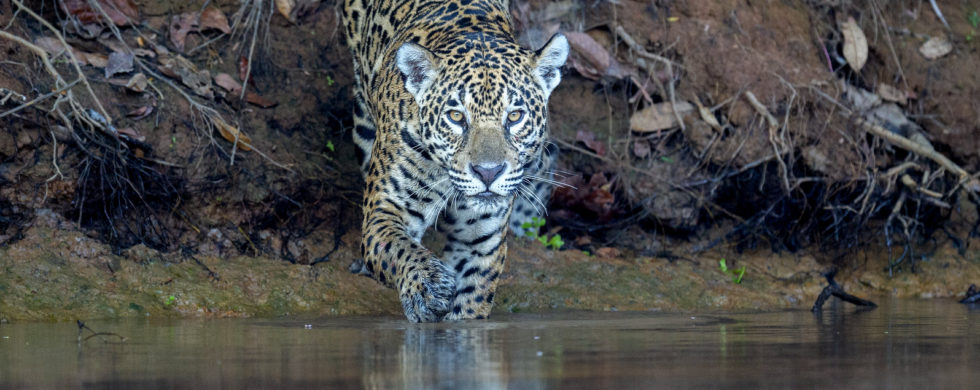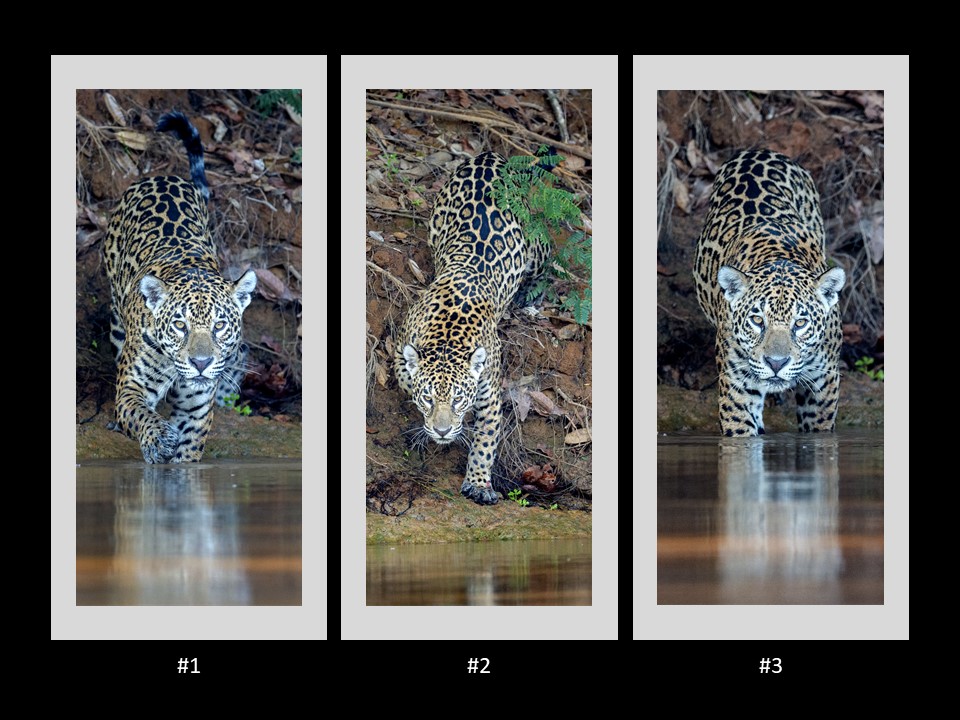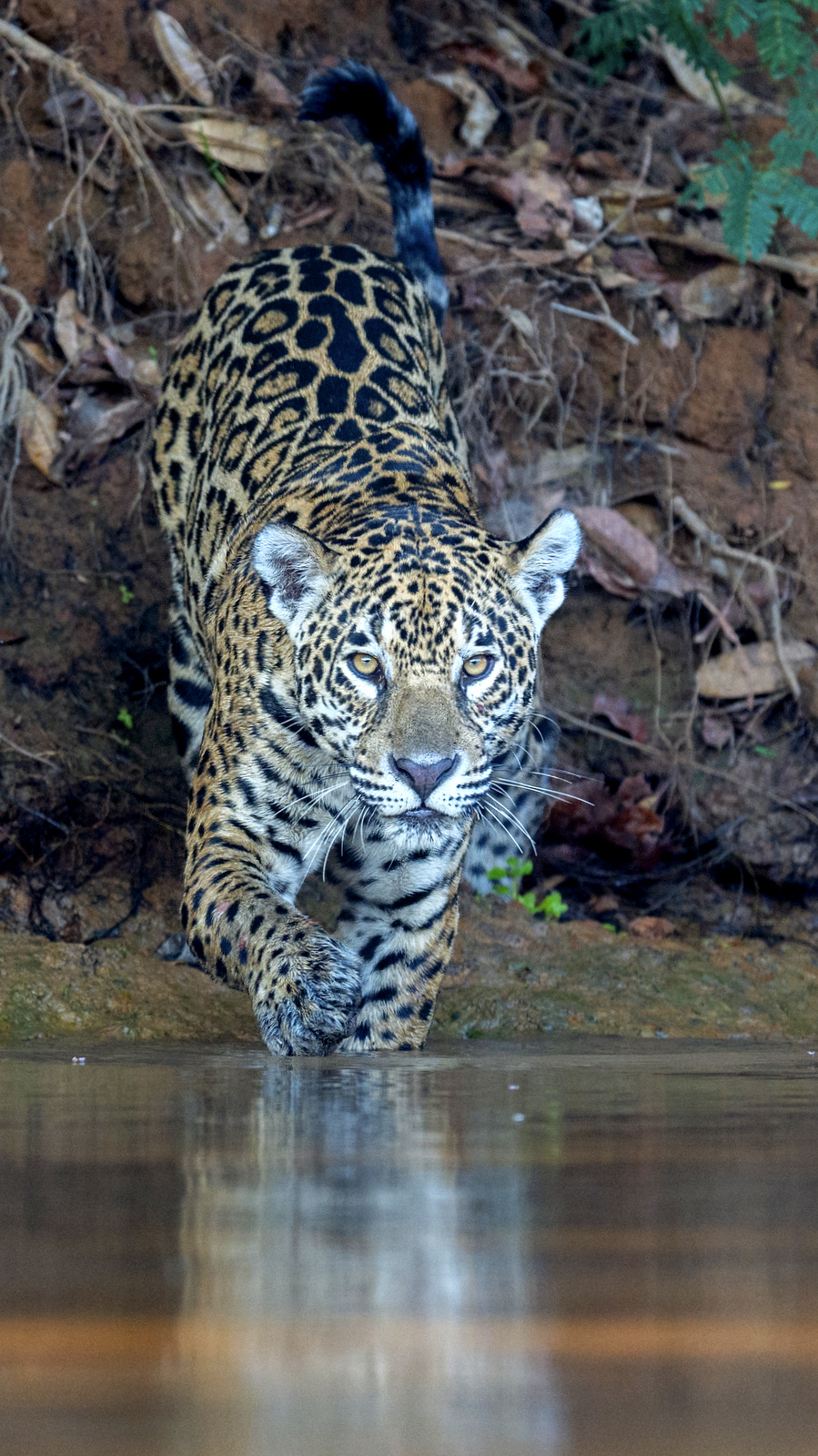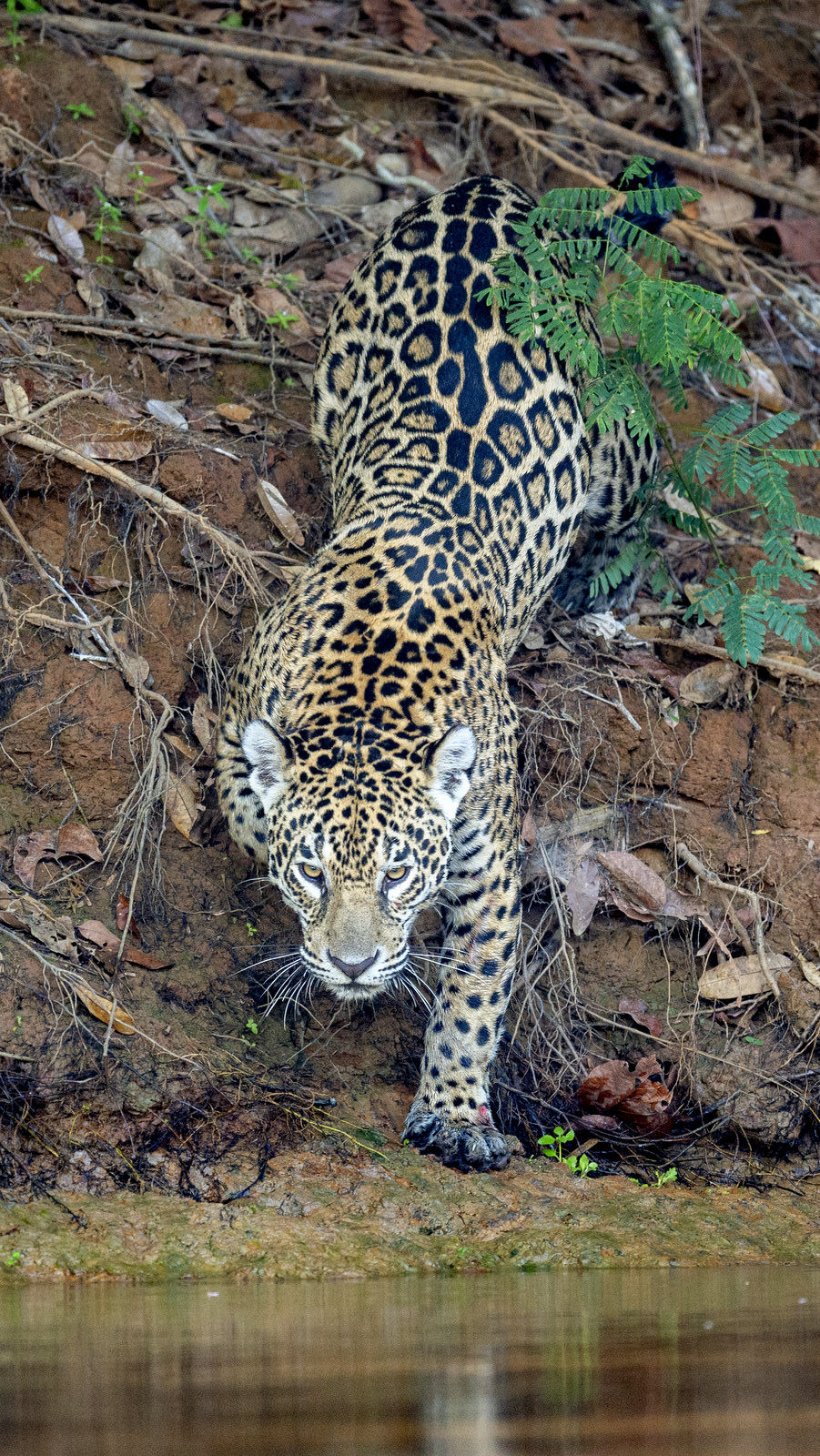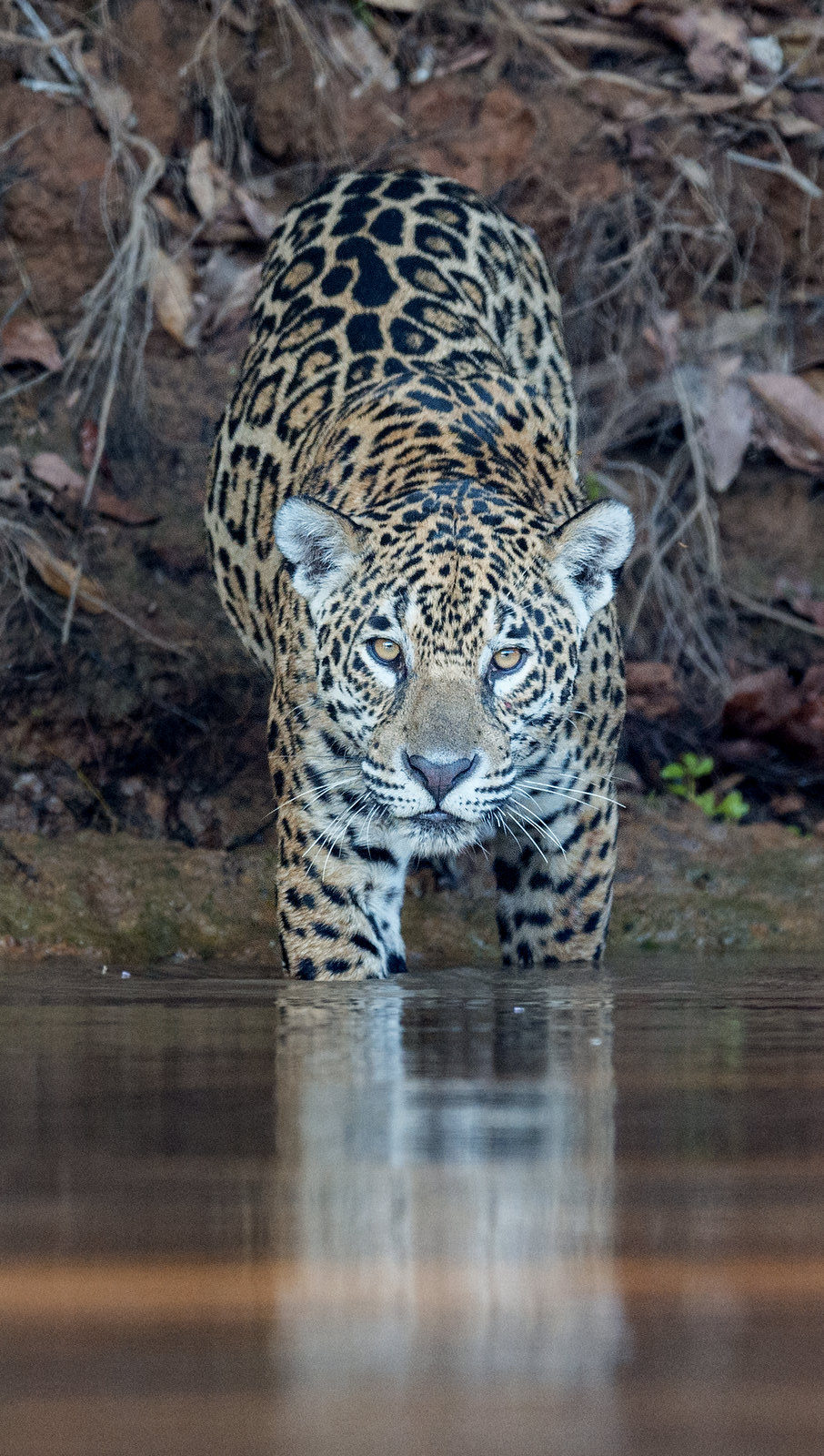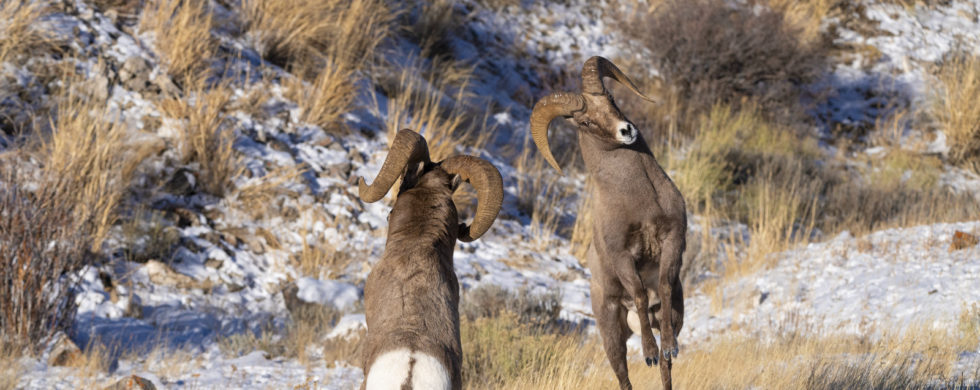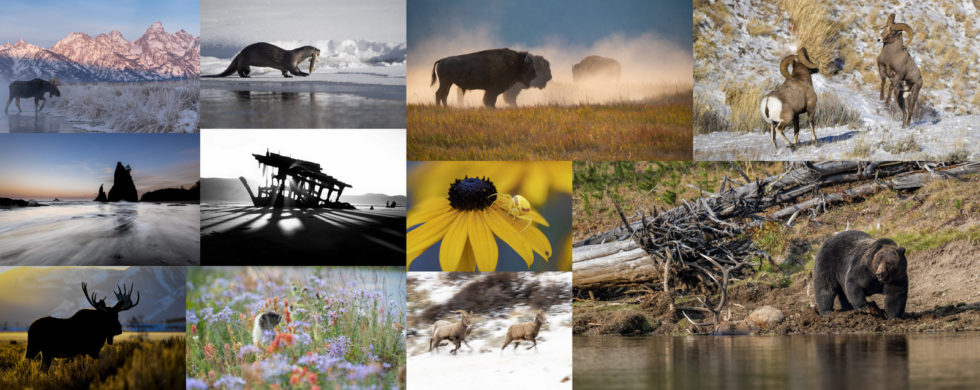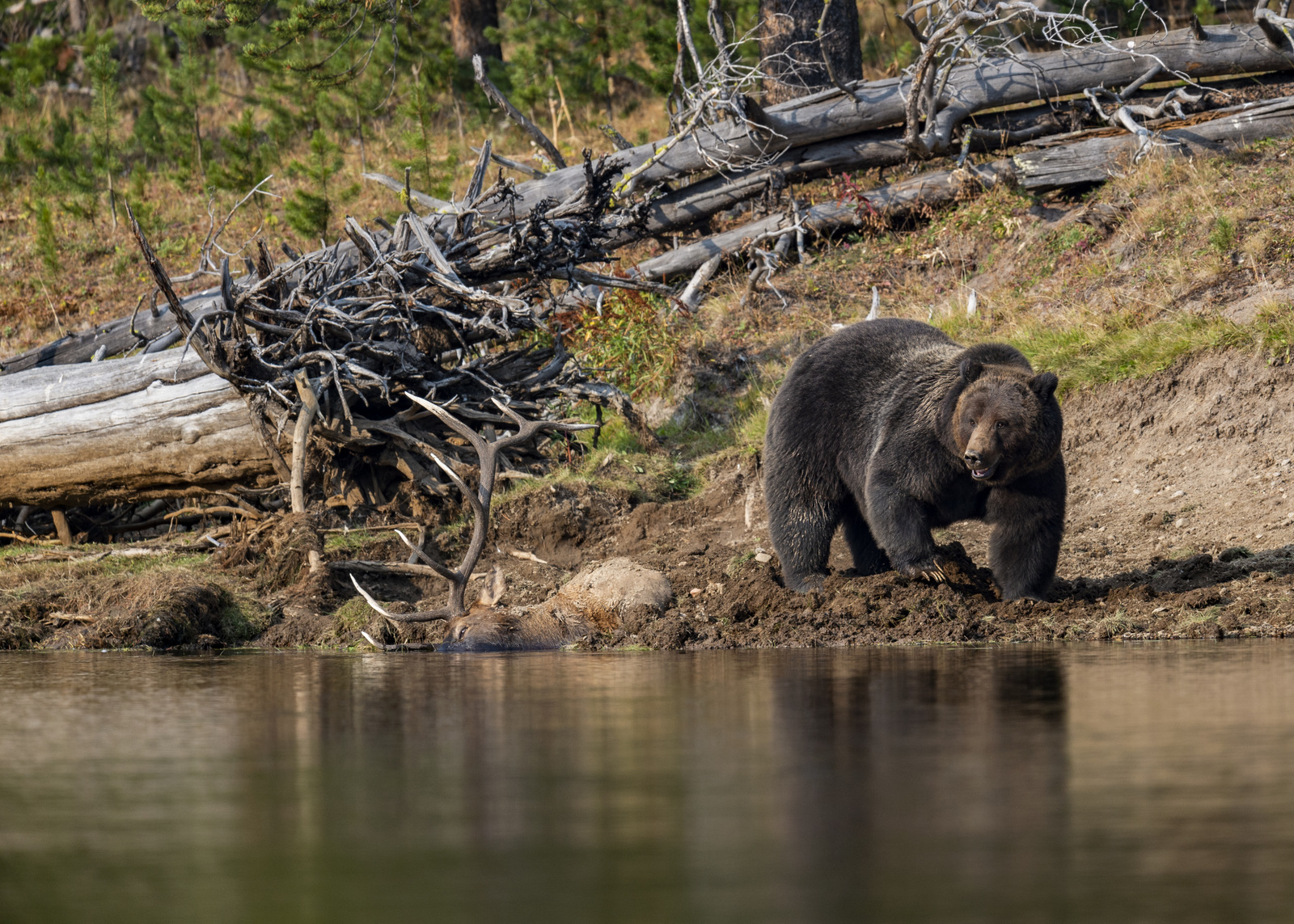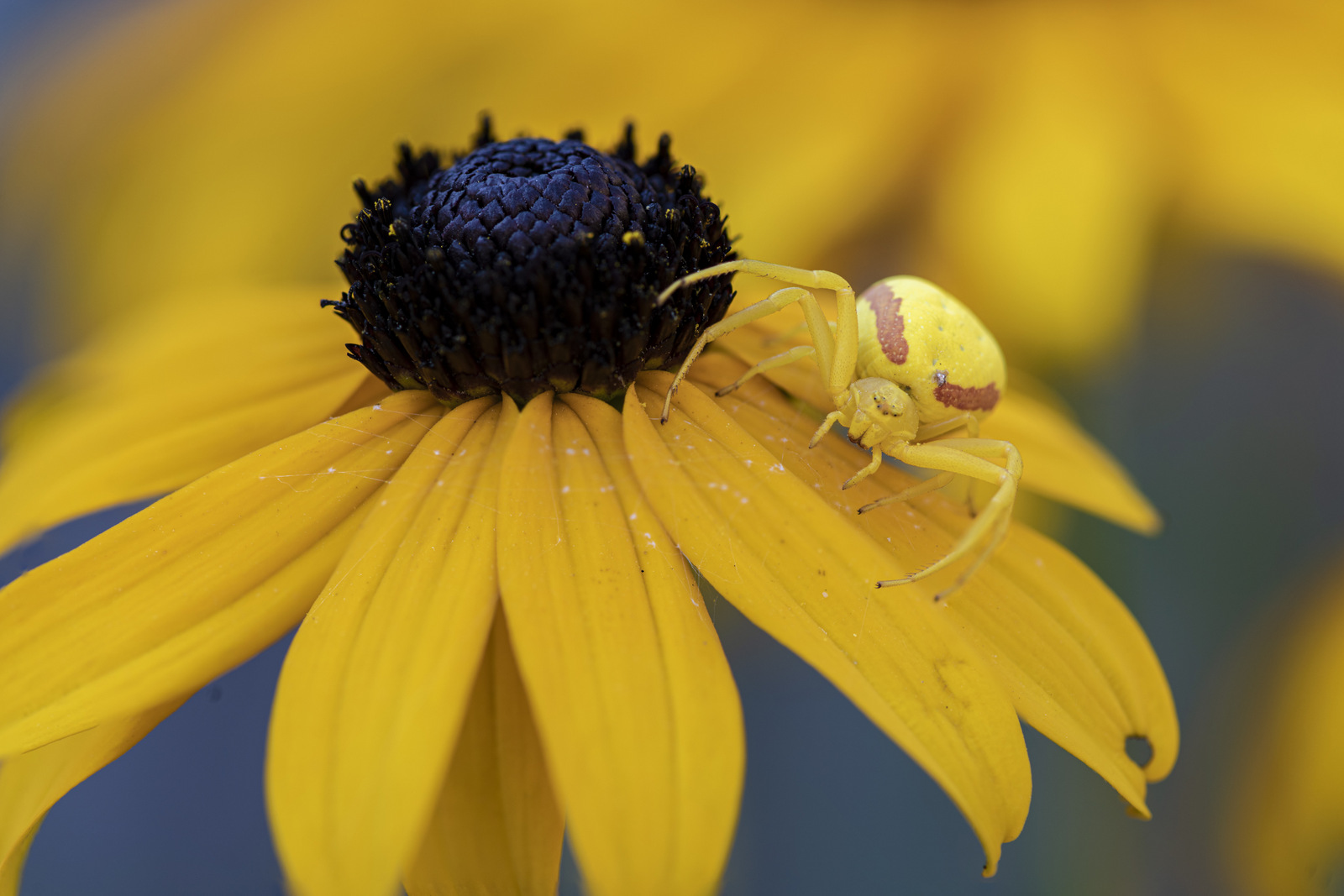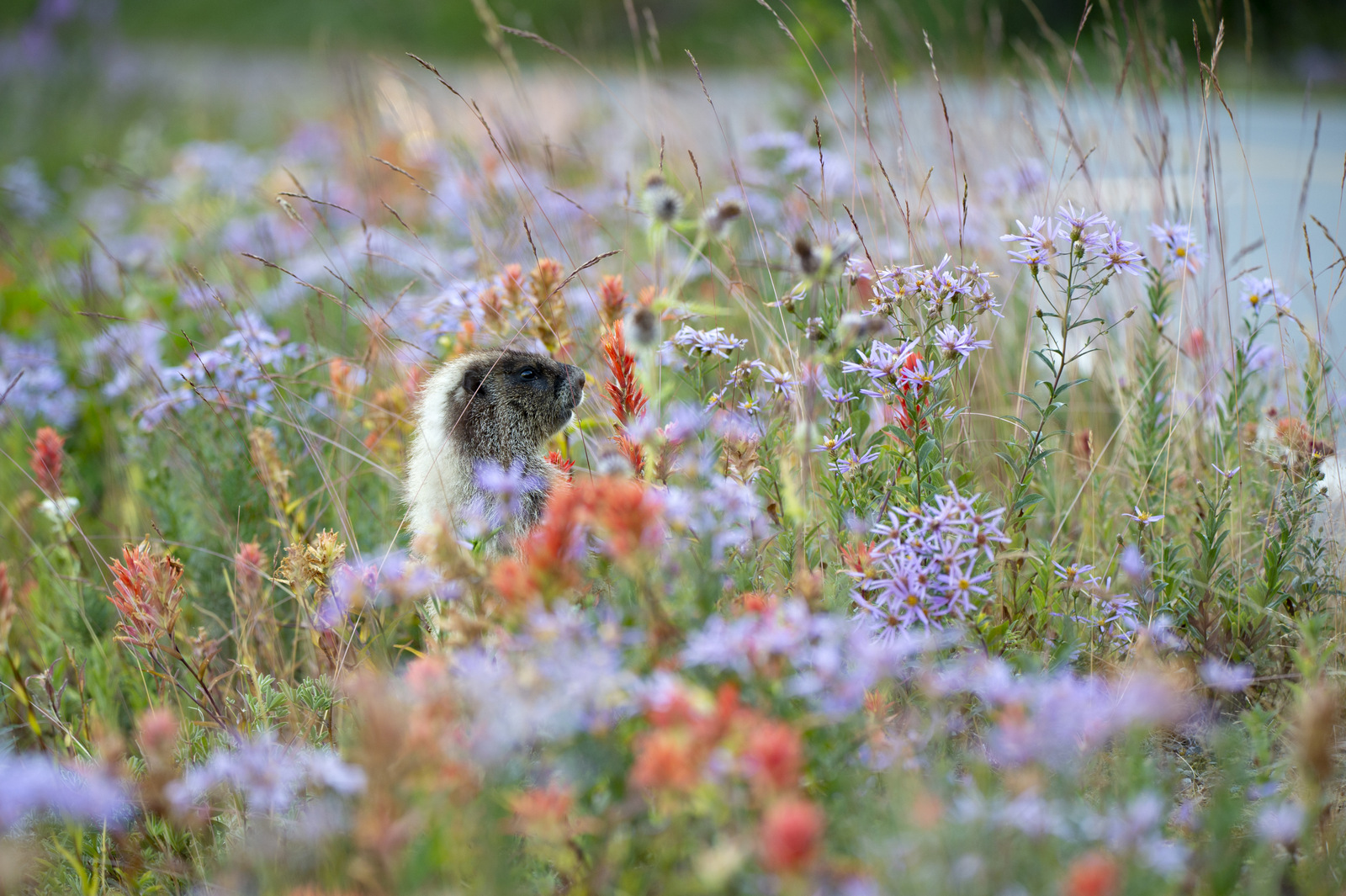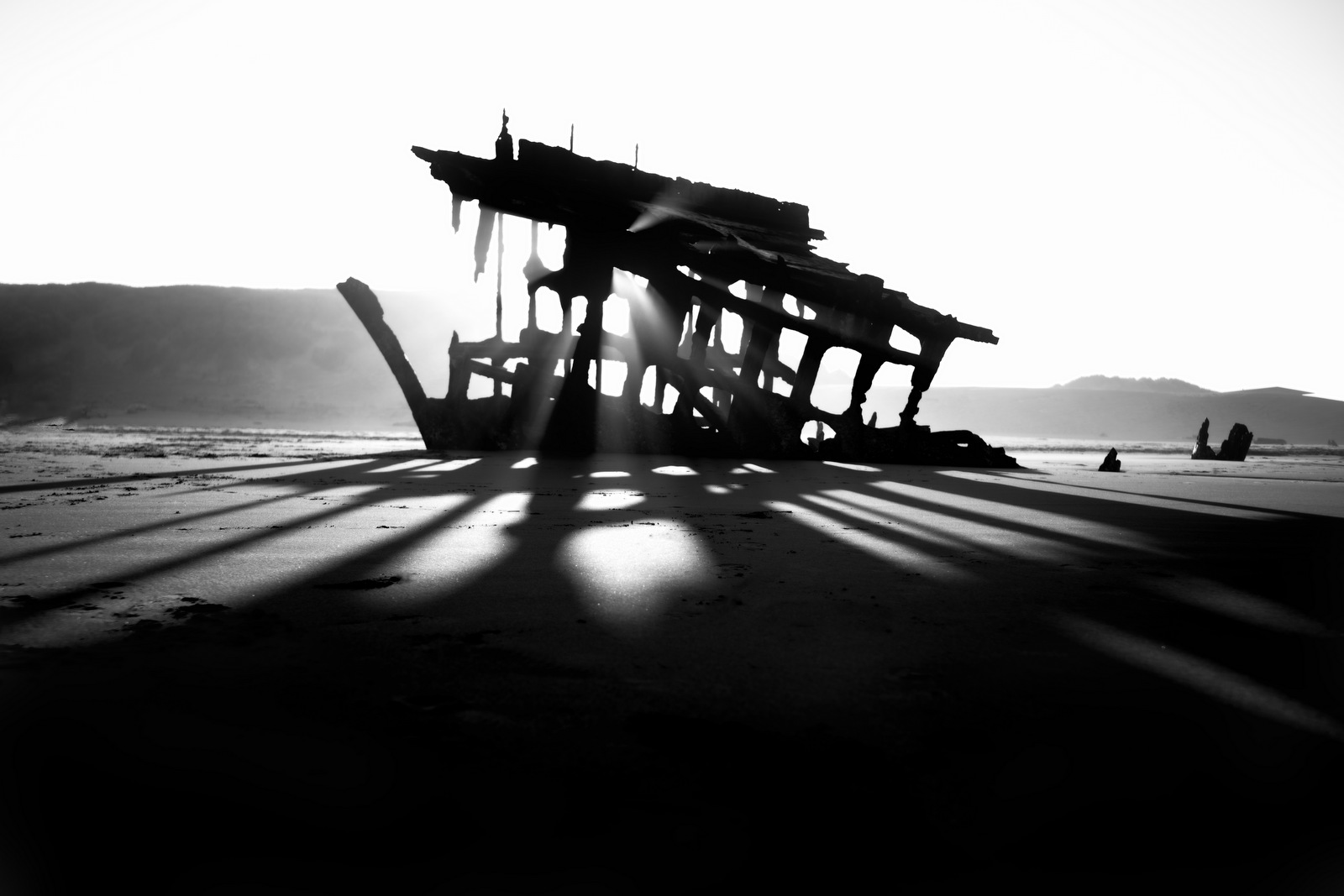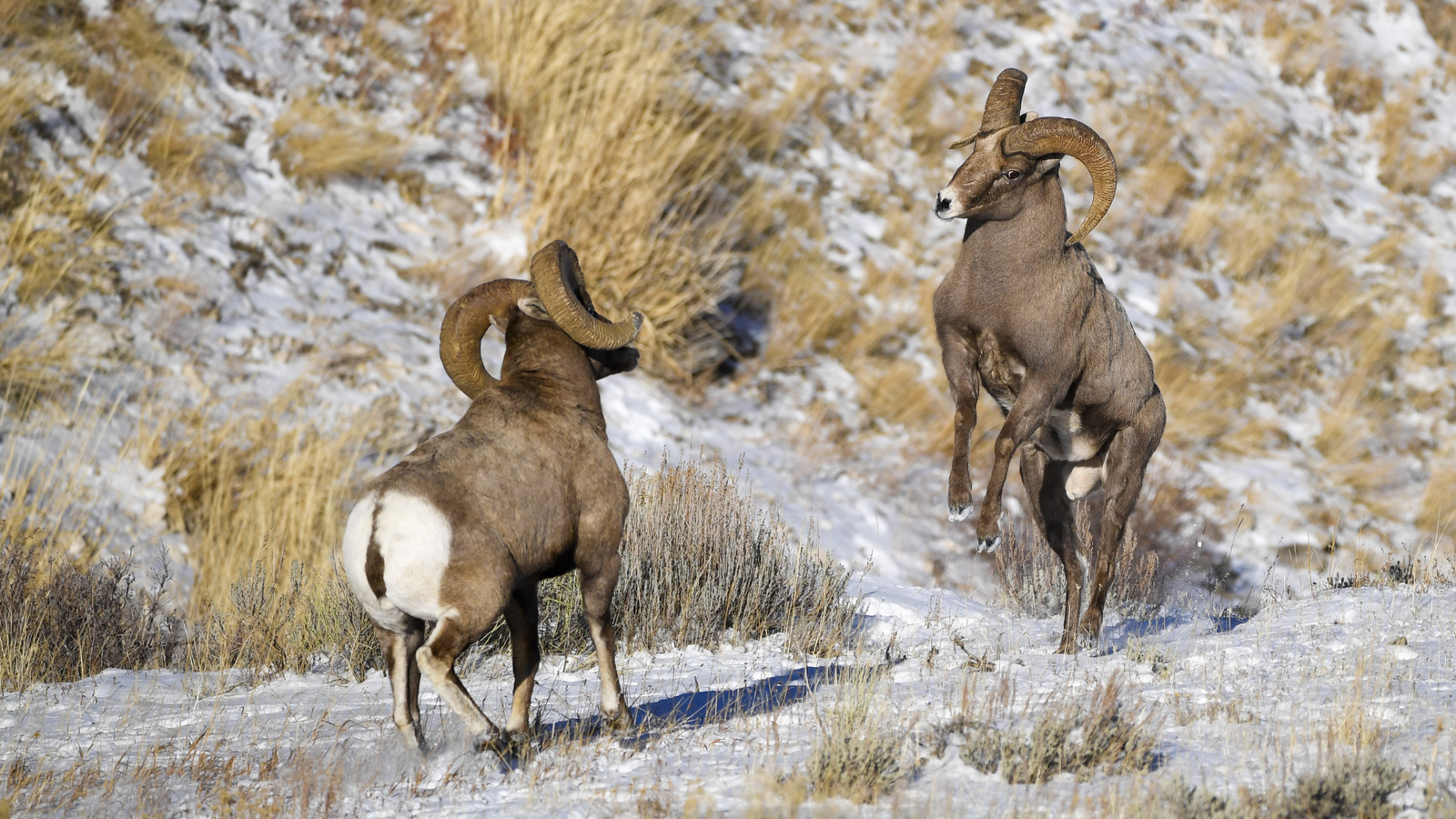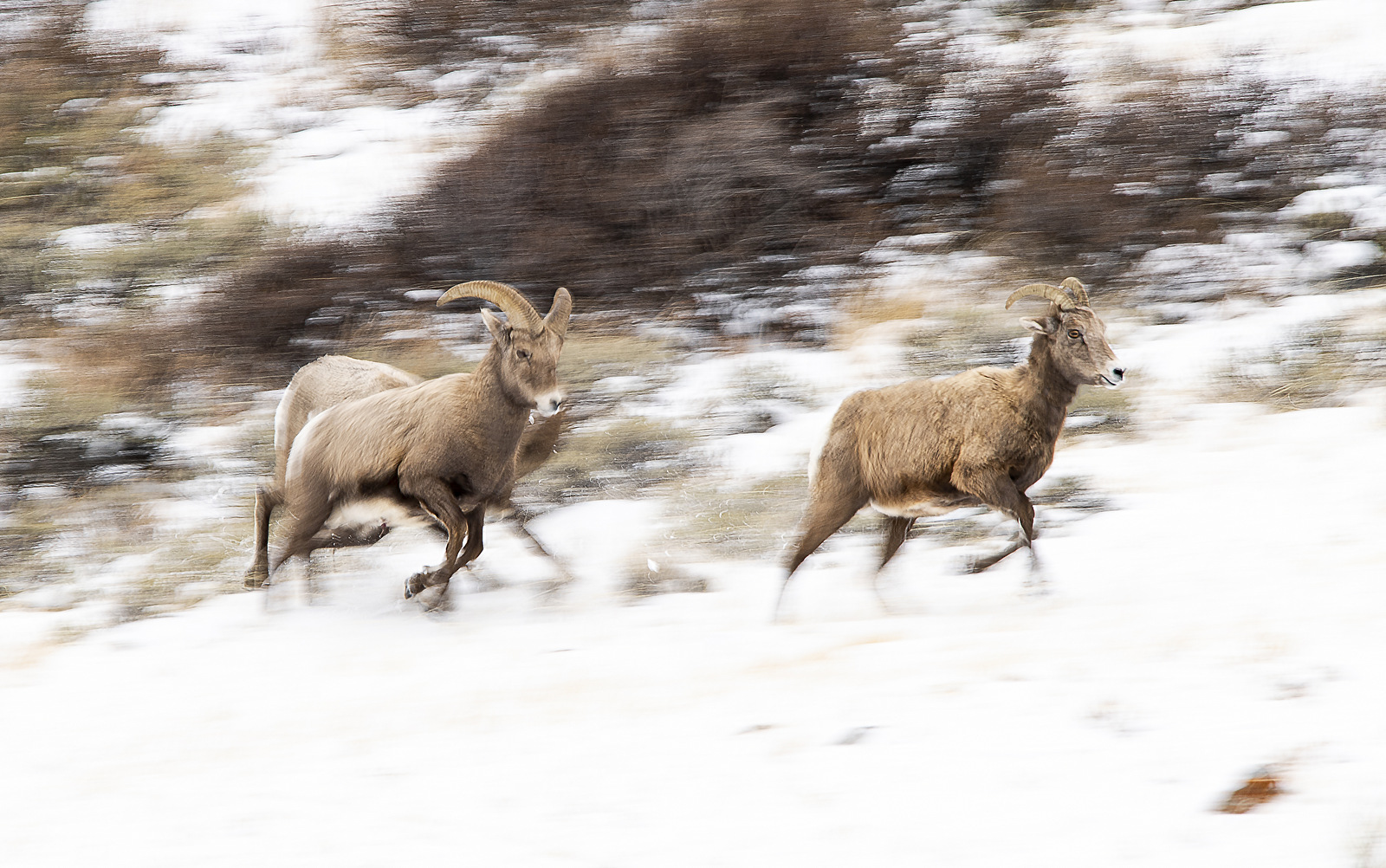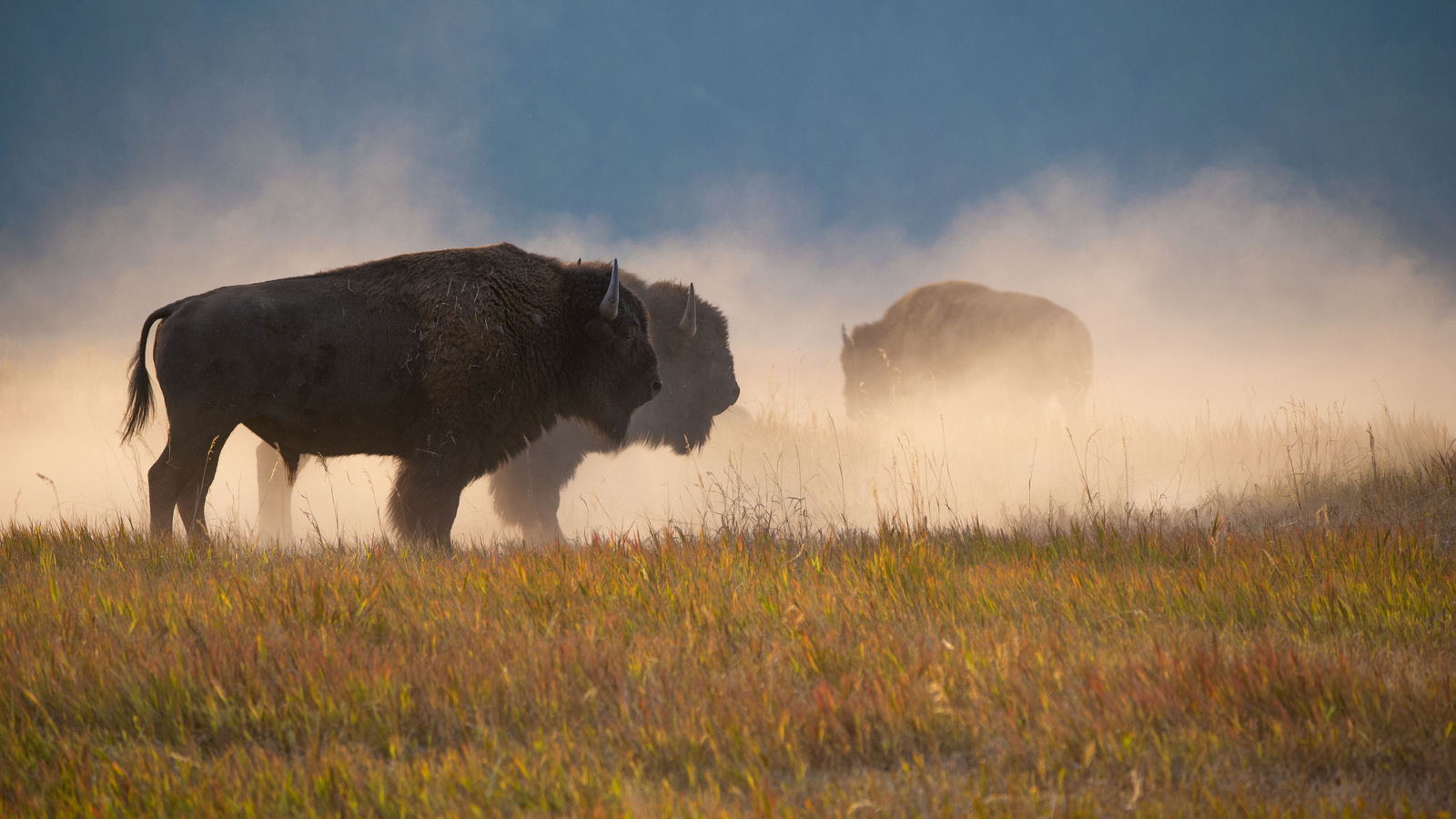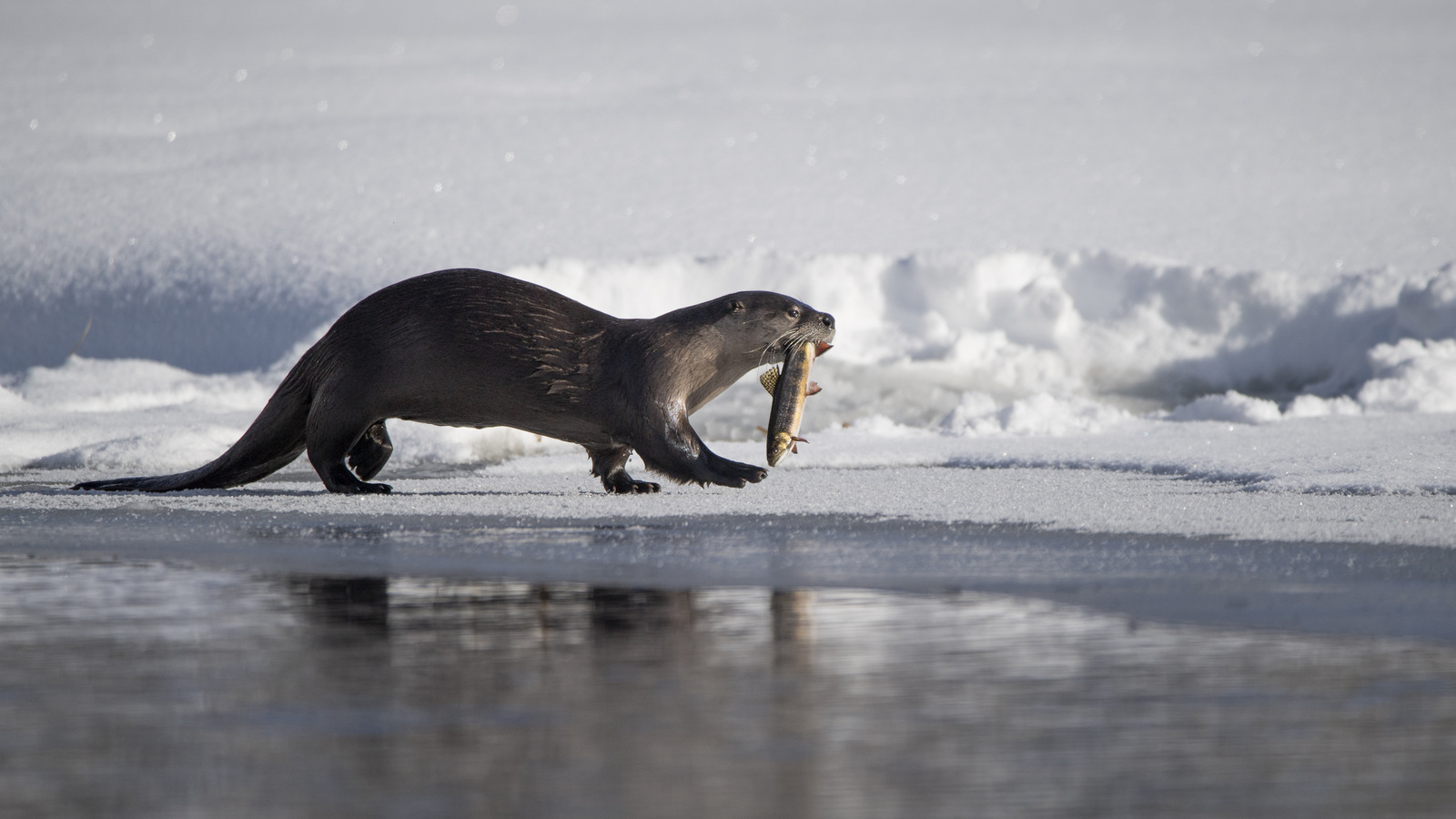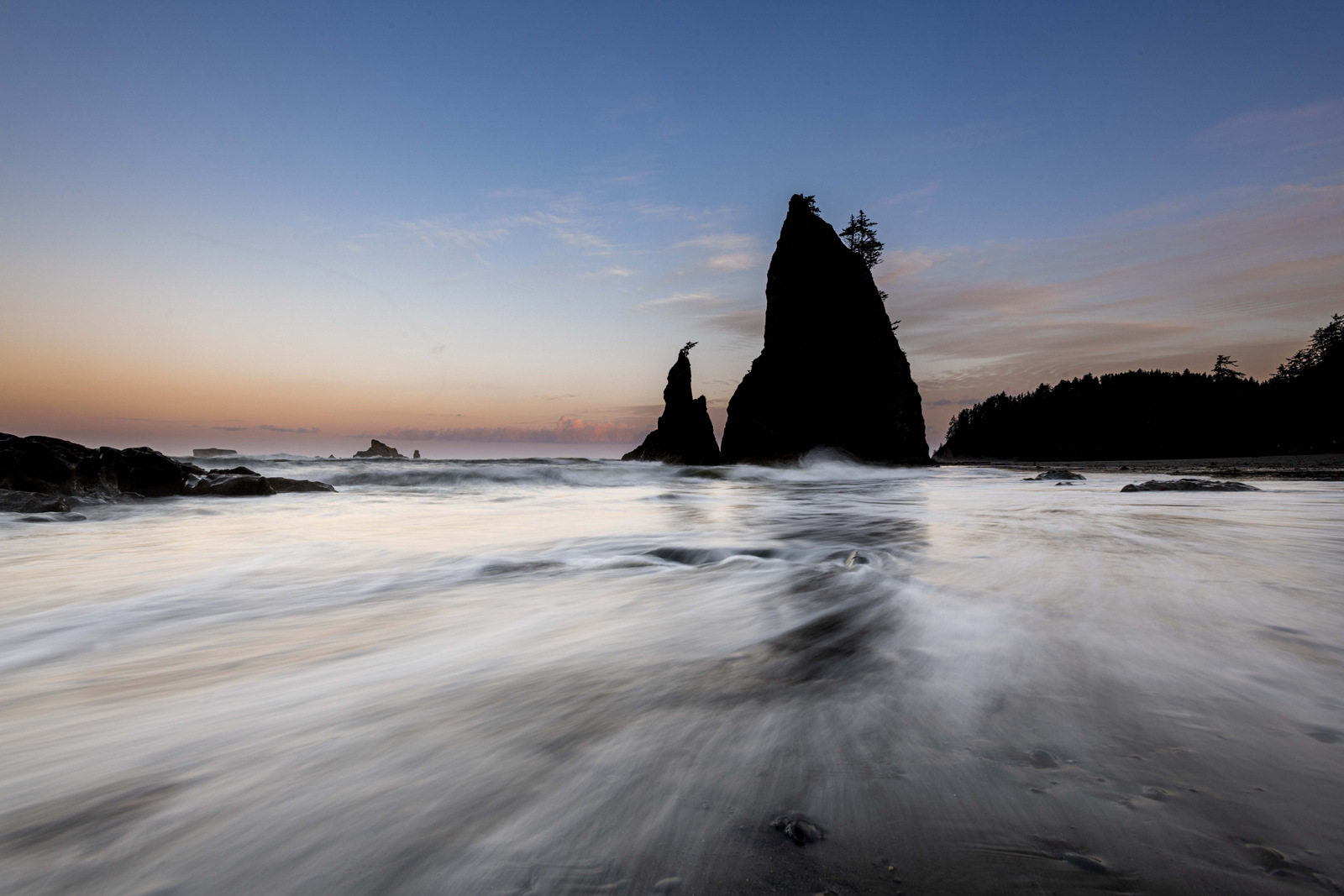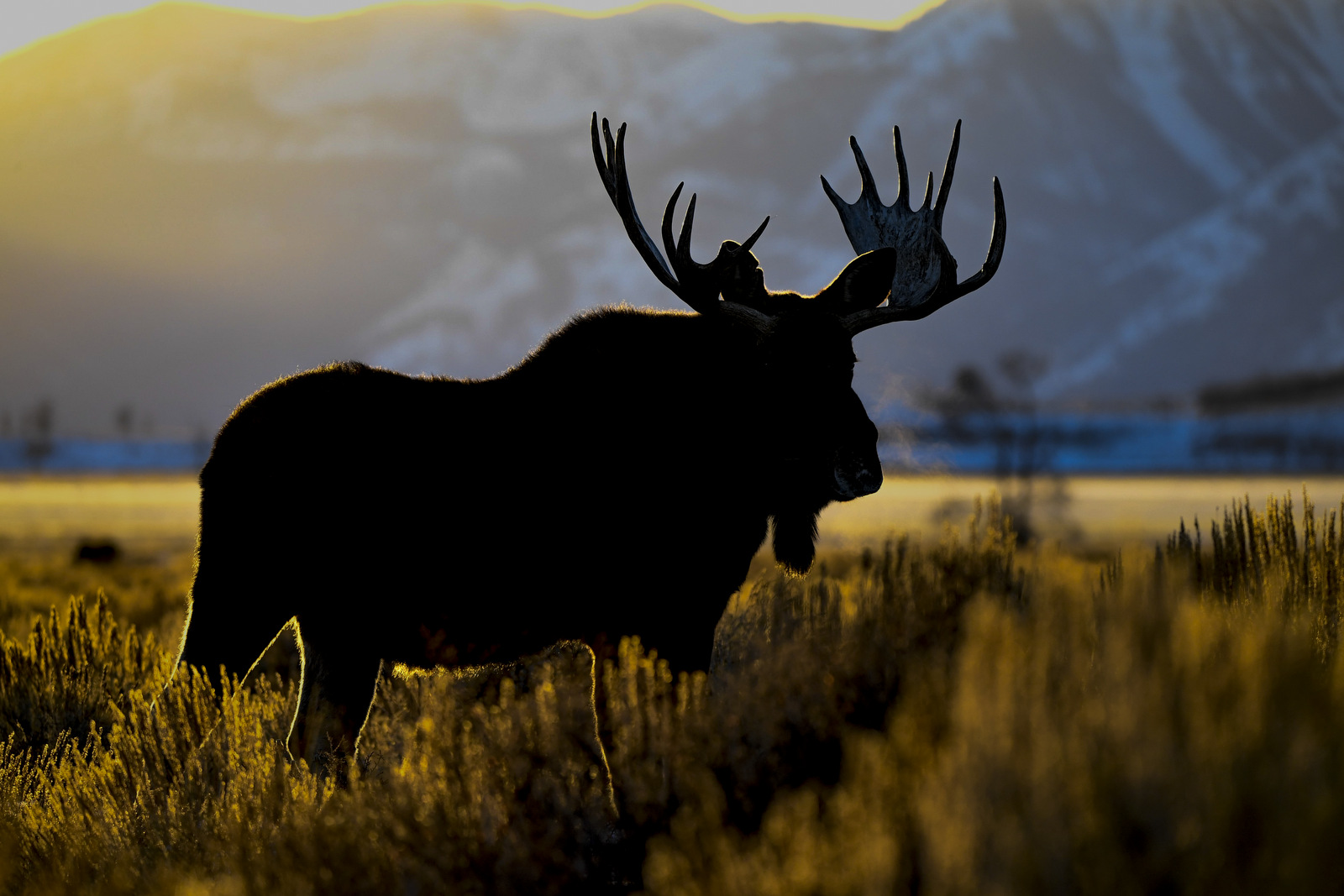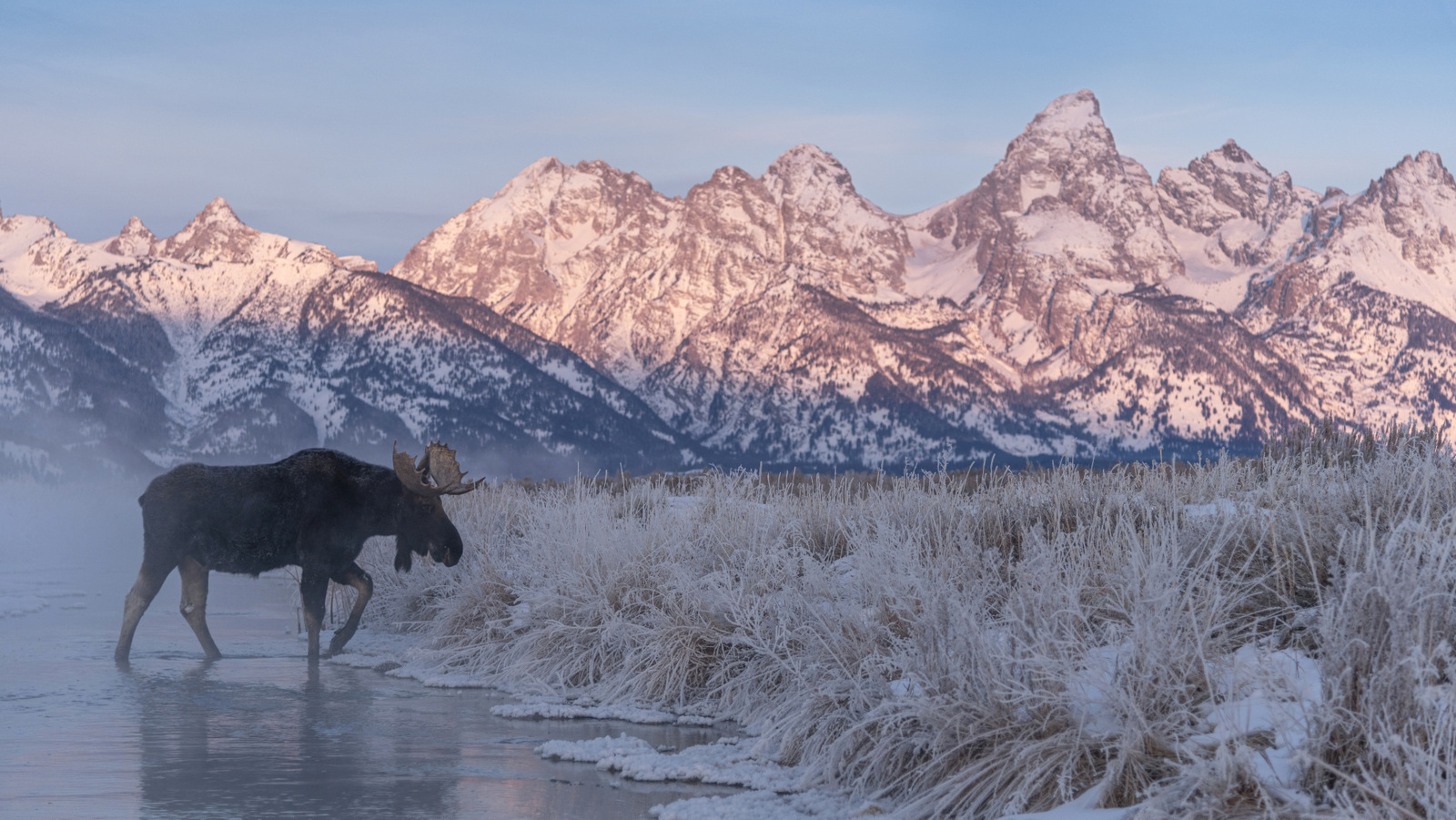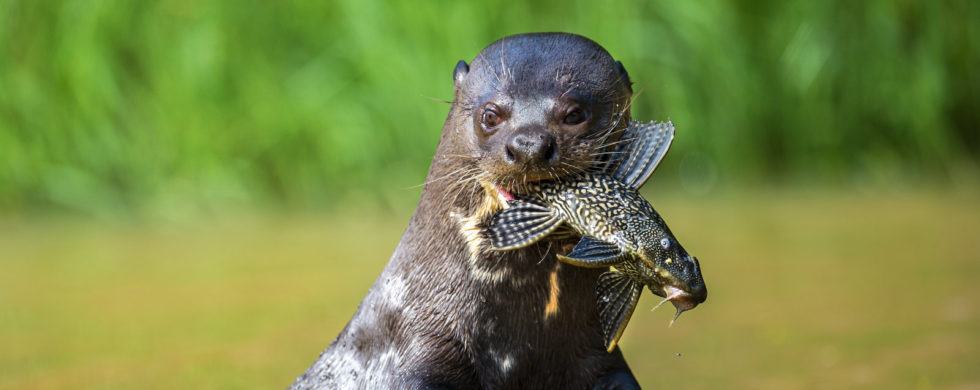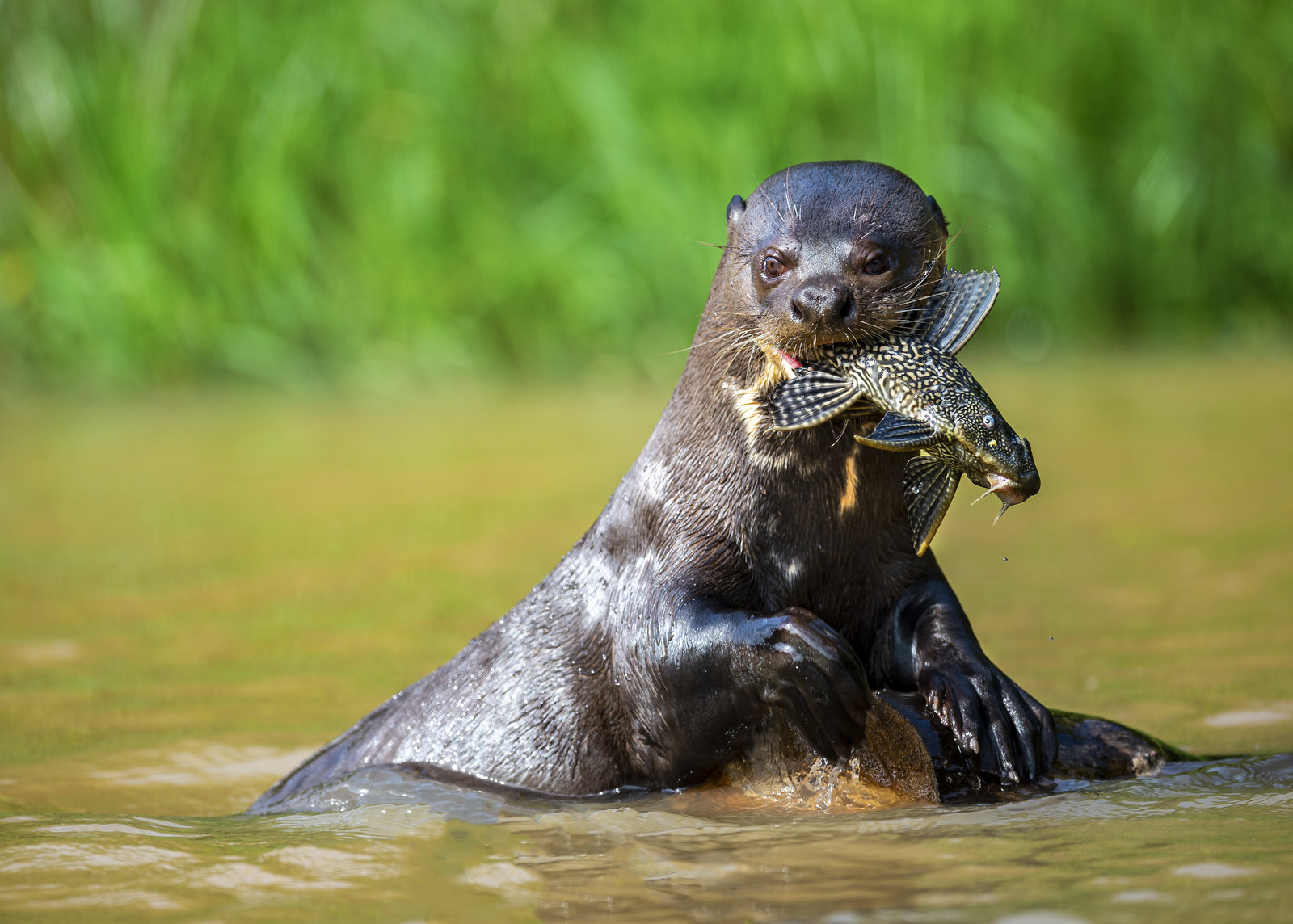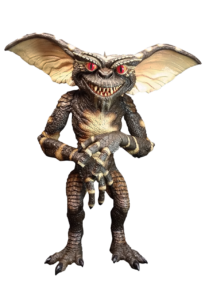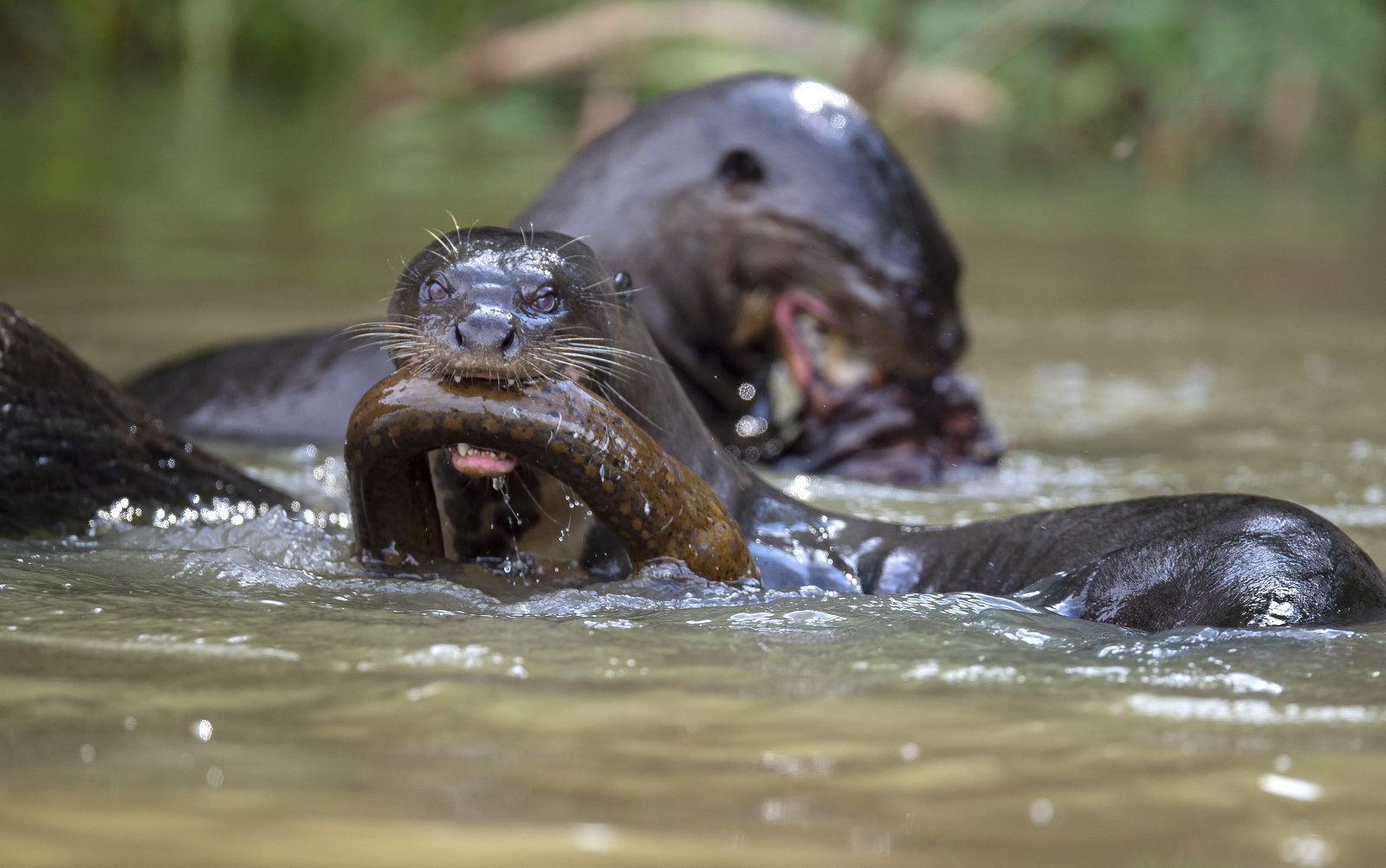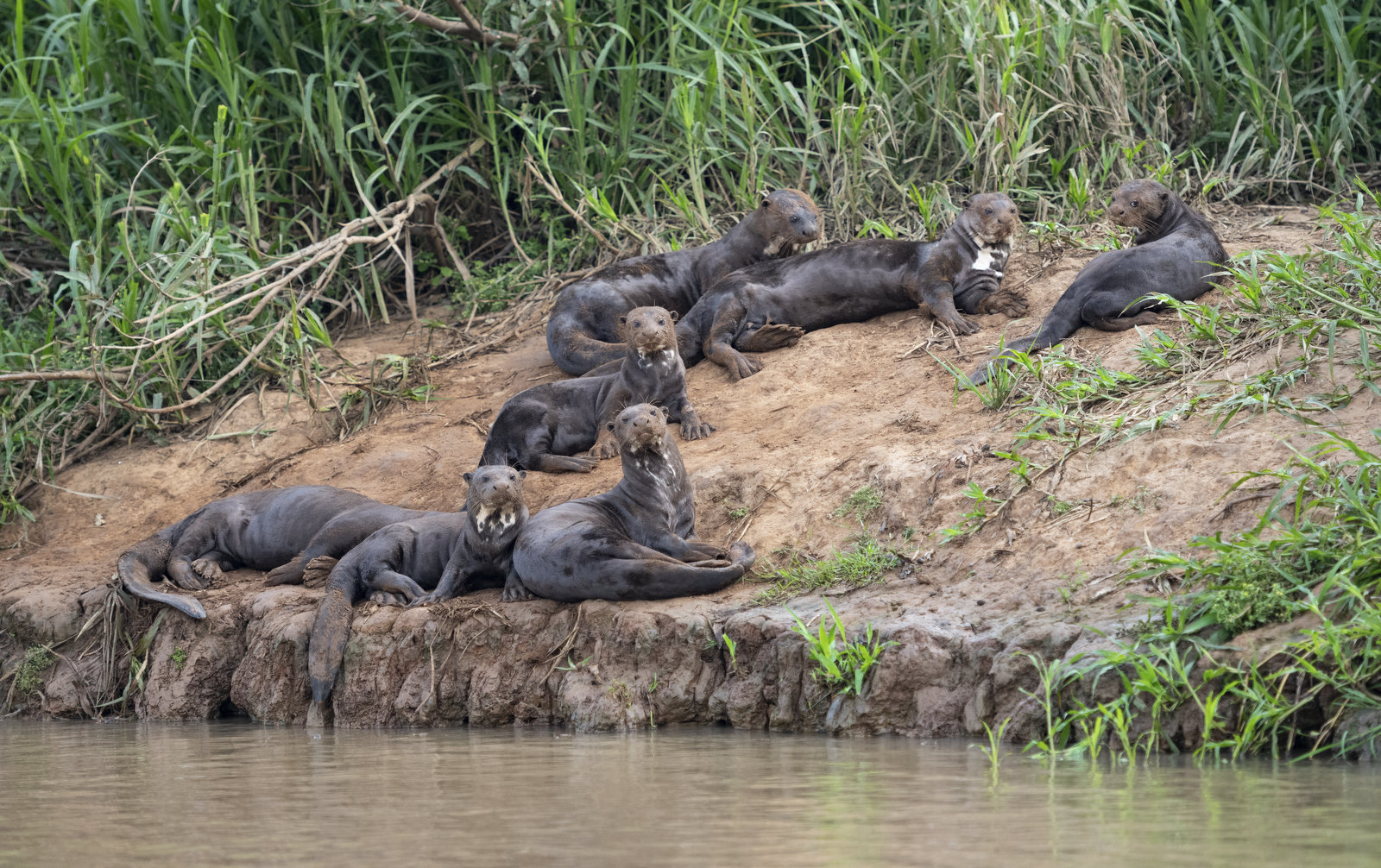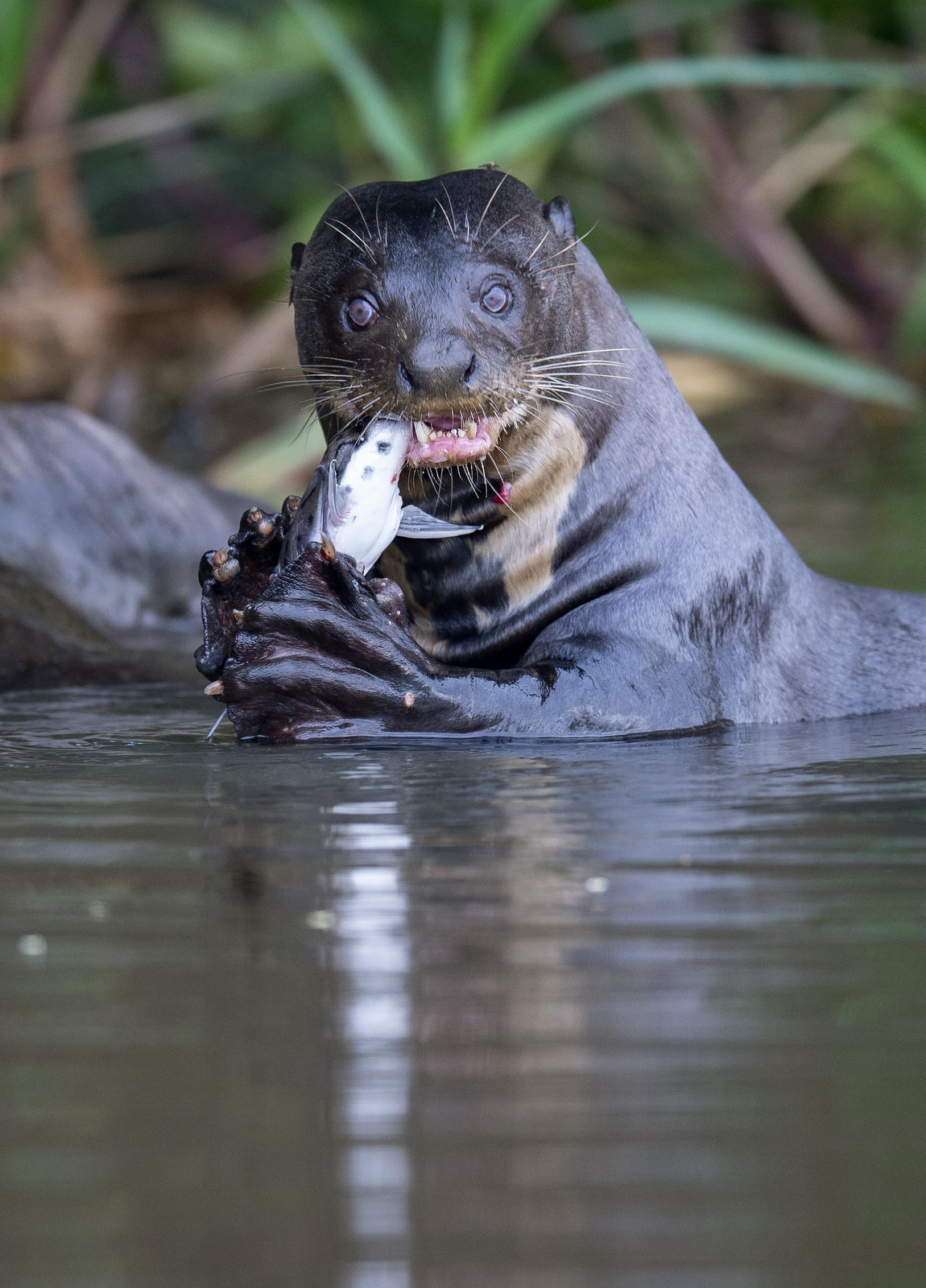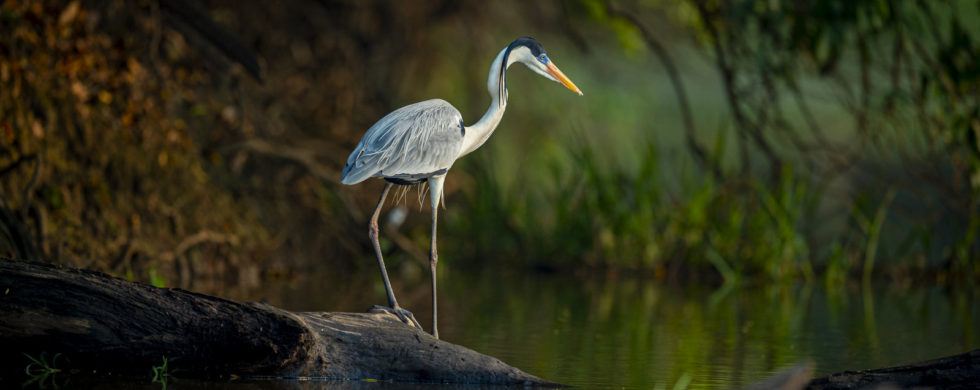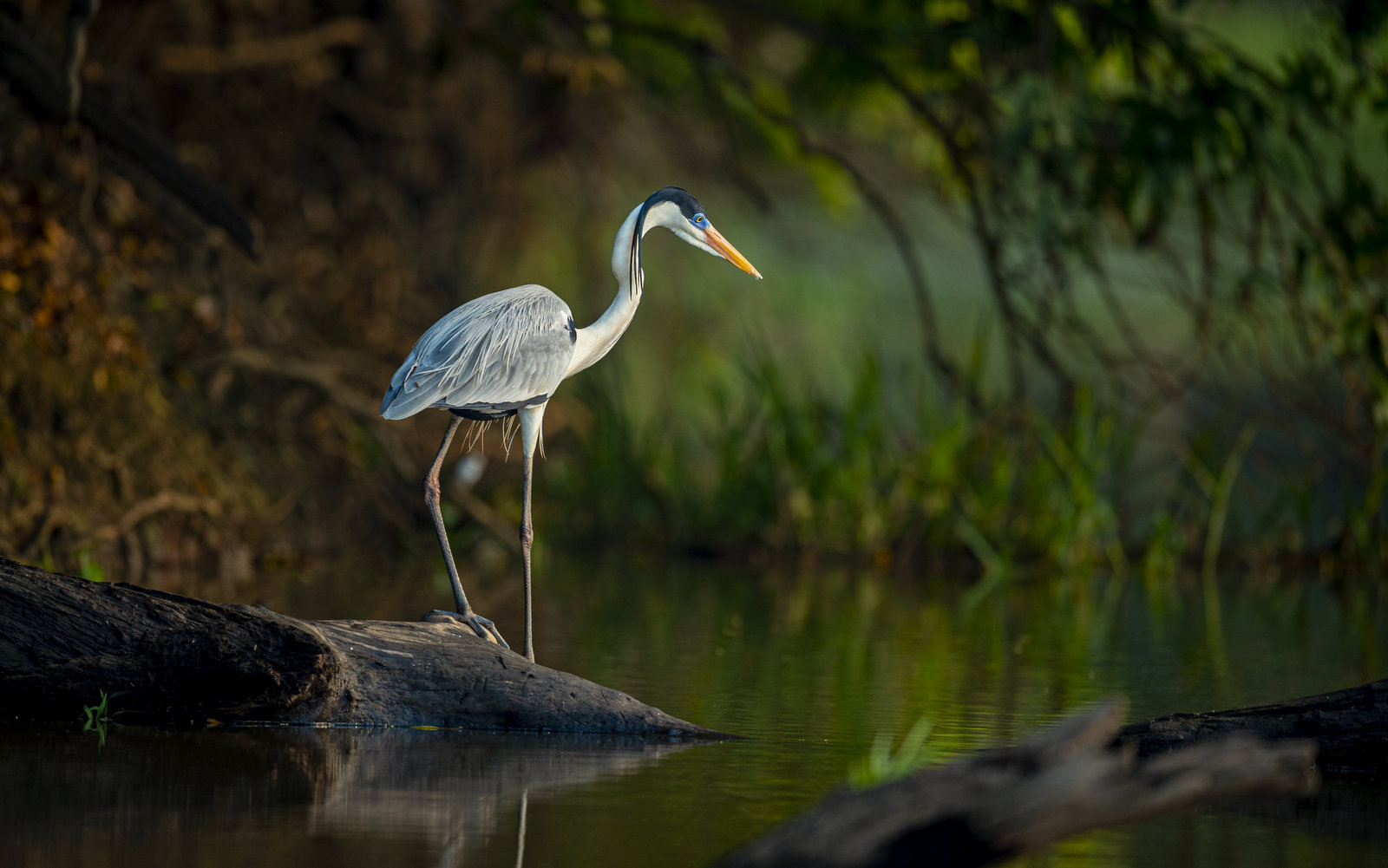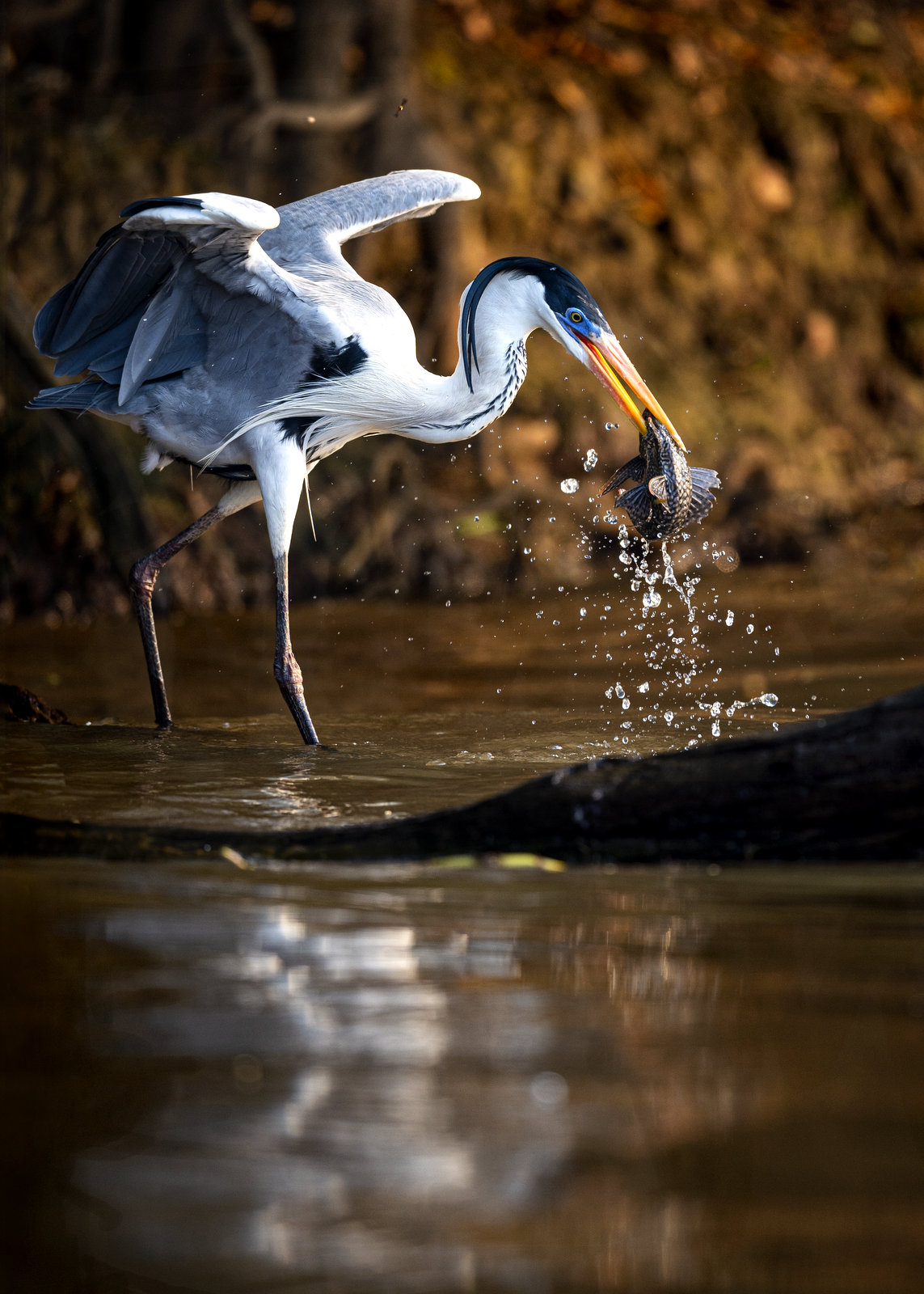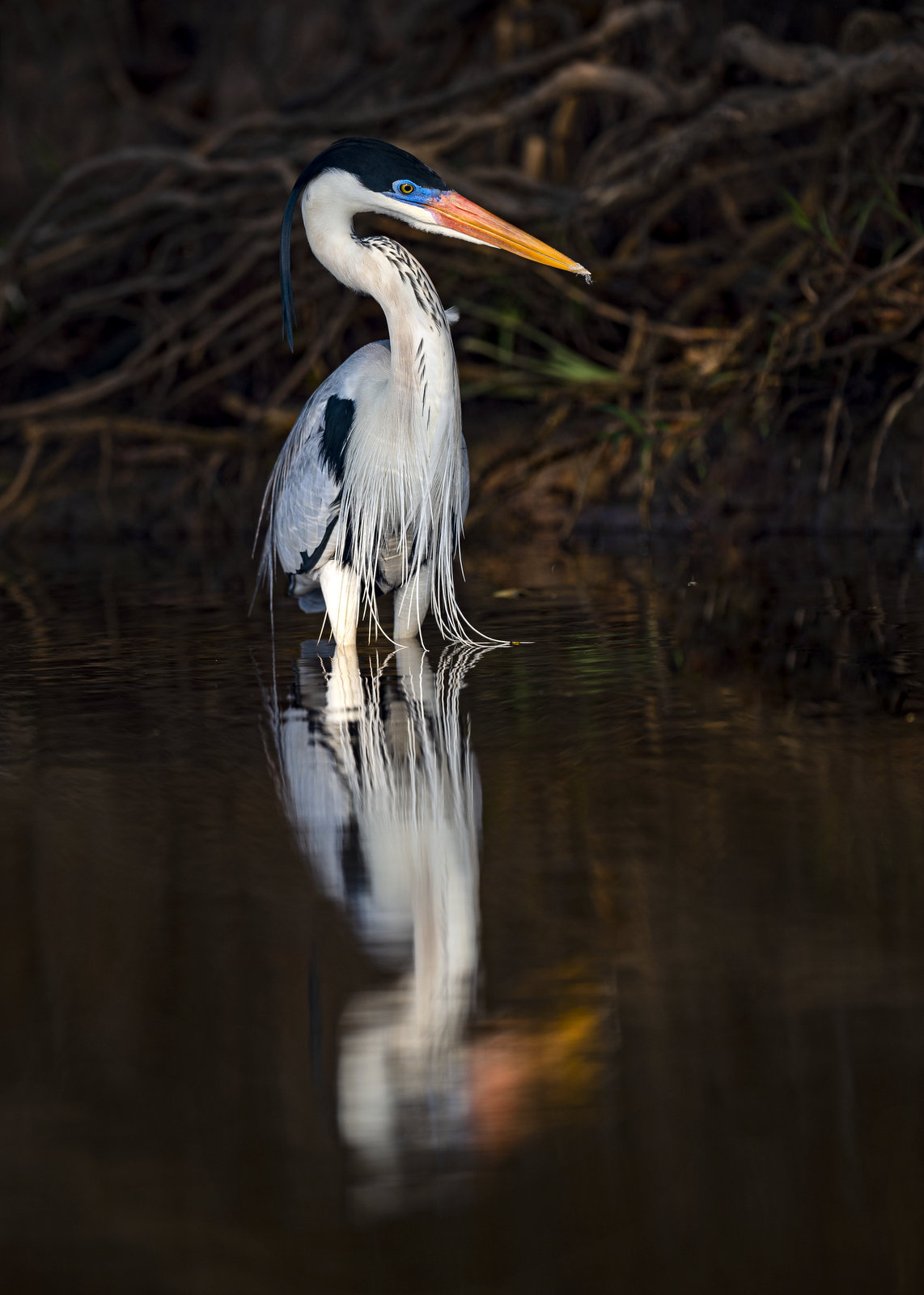Shot of the Month – January 2021
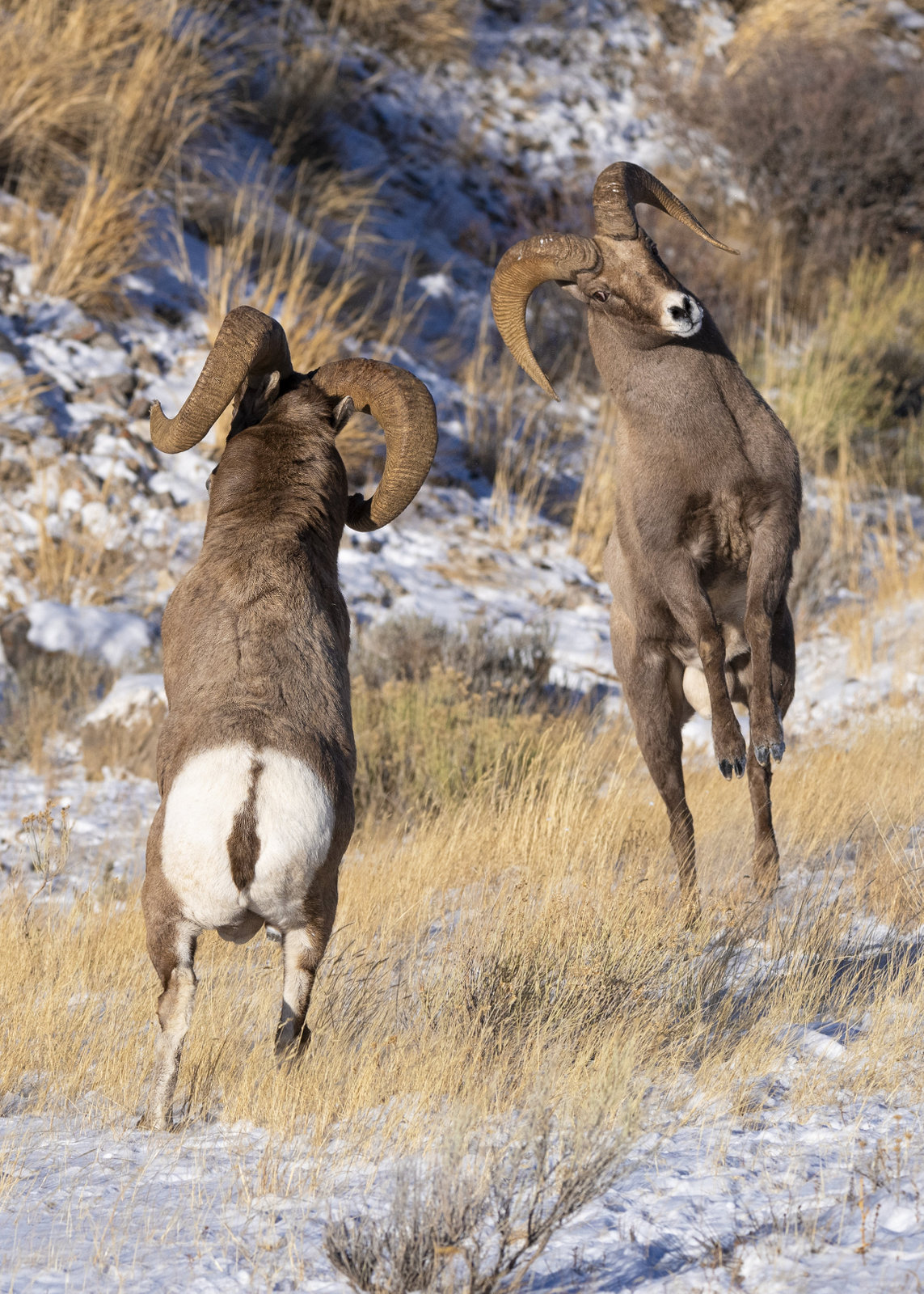
Bighorn sheep are sheep. With big horns. And scientists refer to these creatures as, wait for it, Bighorn Sheep (BHS).
Lone, slow clap. Clap………………………………..Clap……………………………….Clap……………………….Clap.
How lazy are these scientists? Zero points for creativity.
The BHS males are called Rams. And they do, in fact, ram,
ram; verb: to strike with violence : CRASH
but we will get to that in a bit.
BHS live in the western mountainous regions of North America and can be found from the Rocky Mountains of southern Canada down to the deserts of the American Southwest. These mountain dwellers have split hooves and rough hoof bottoms giving them tremendous grip as they bound about along steep rocks and narrow ledges. Lambs are typically hunted by coyotes, bobcats, gray foxes, wolverines, jaguars, ocelots, lynxes and golden eagles. BHS of all ages are hunted by black bears, grizzly bears, wolves and especially mountain lions who are likewise quite agile even in the uneven, rocky habitat home to most BHS.
BHS live in social groups but the males live in bachelor groups while the females (Ewes) live with other females and their young. Males leave their mother’s group when they reach 2-4 years in age to join a bachelor group. Ahh, those were the days….(not really).
It is only when it is time to mate (the “rut”) when the two sexes come together. And this when the show kicks off. Just before the mating season, “pre-rut”, the males begin to battle for dominance. Only the most powerful ram will earn the right to mate with a group of ewes. And that’s where those glorious big horns come into play. Two competing males will walk away from each other and then turn to rear up on their hind legs and hurl themselves at each other ending in a mighty head bash.
In the image above you can see two rams in just this pose. Did you notice that the guy on the right actually has 3 feet off the ground to maximize his height and momentum? I photographed these two bruhs in the National Elk Refuge in Wyoming.
The resulting collision can often be heard up to a mile away. I can attest that that noise is startling and sounds like a rifle going off. Those horns can weigh up to 30 pounds and equal the entire weight of all the other bones in the male’s body. This Ram Bam session can last for hours until one male finally gives up and unceremoniously just walks away. “I’m out…”
Below, if you look closely you can see that the guy on the right is so chill that he still has a piece of grass in his mouth. Now that’s gangster. Full impact in about 0.2 seconds…
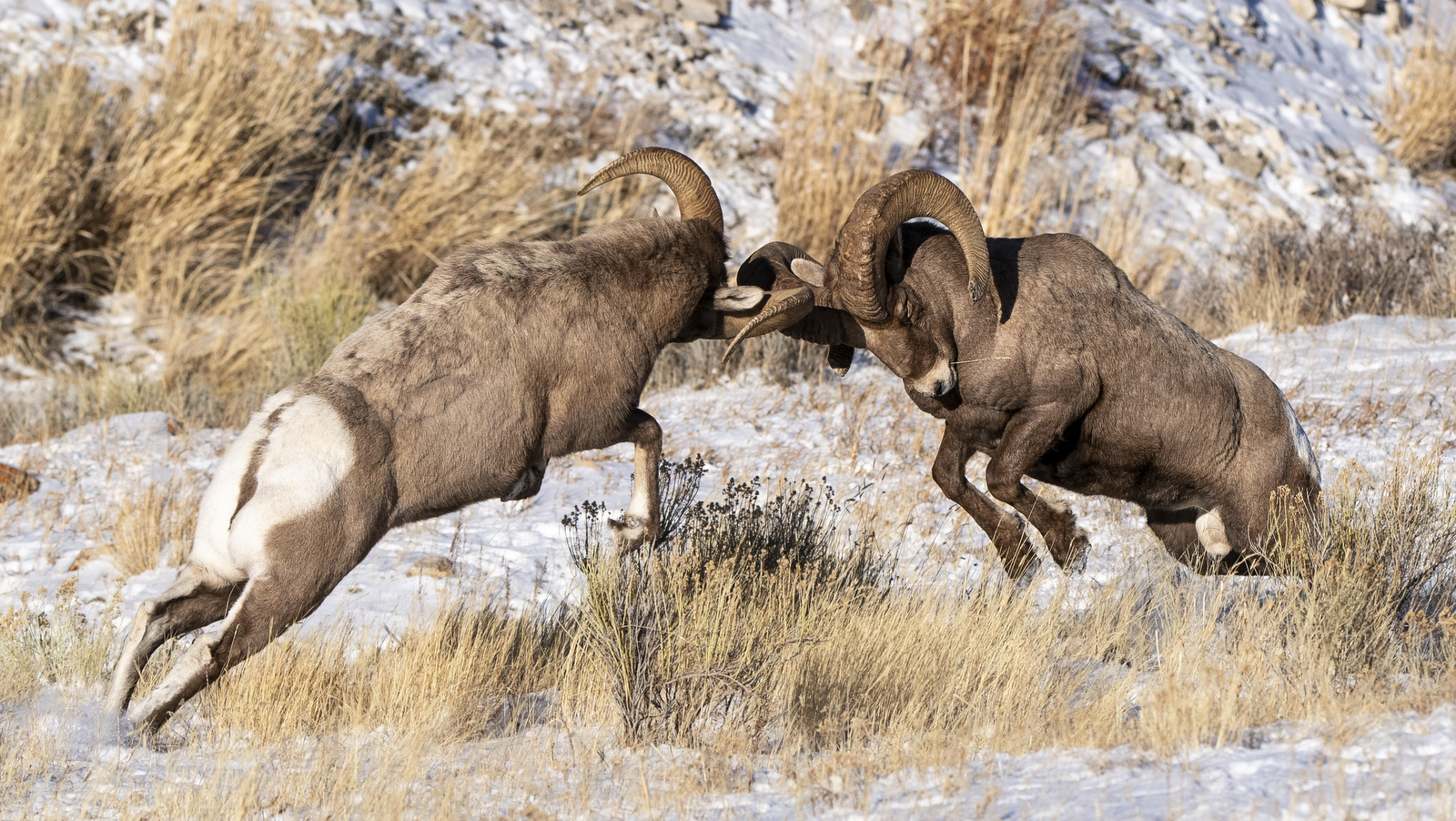
Dominance hierarchy is based on age, body size and horn size so usually the older males, typically those older than seven years old, tend to monopolize mating. Wait your turn, sonny boy…
Pre-match stare down….. “Bruh, you wanna go??!
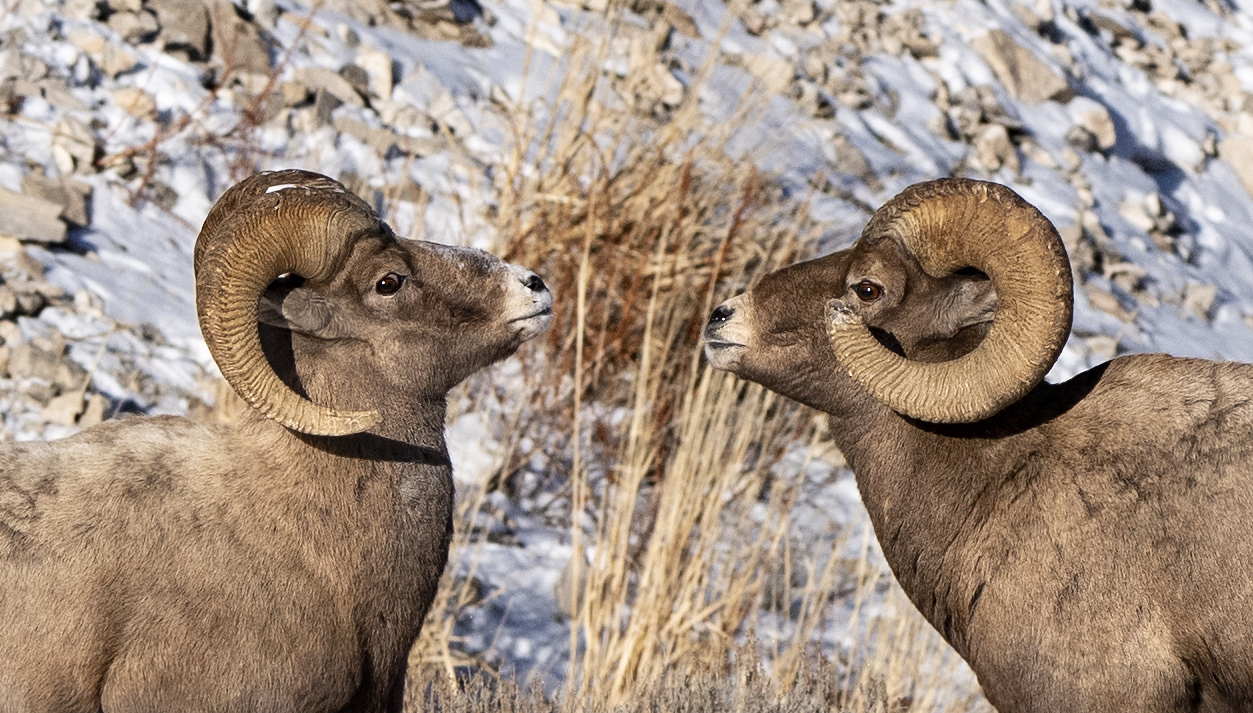
After this glare they walked past each other and launched their attack.
There you have it, the Bighorn sheep….Bruh culture at its most sheepish. Bam!
Until next month…..m
Nikon D5, Sigma Contemporary 150-600mm (@230mm), f/8, 1/4000 sec, ISO 720, EV -0.333
Want more information (and similar bad jokes)? Check out some of my previous Posts on Bighorn Sheep:
Cliffhanger
Bam Bam
Sources:
Wikipedia
National Park Service
National Geographic
National Wildlife Federation

